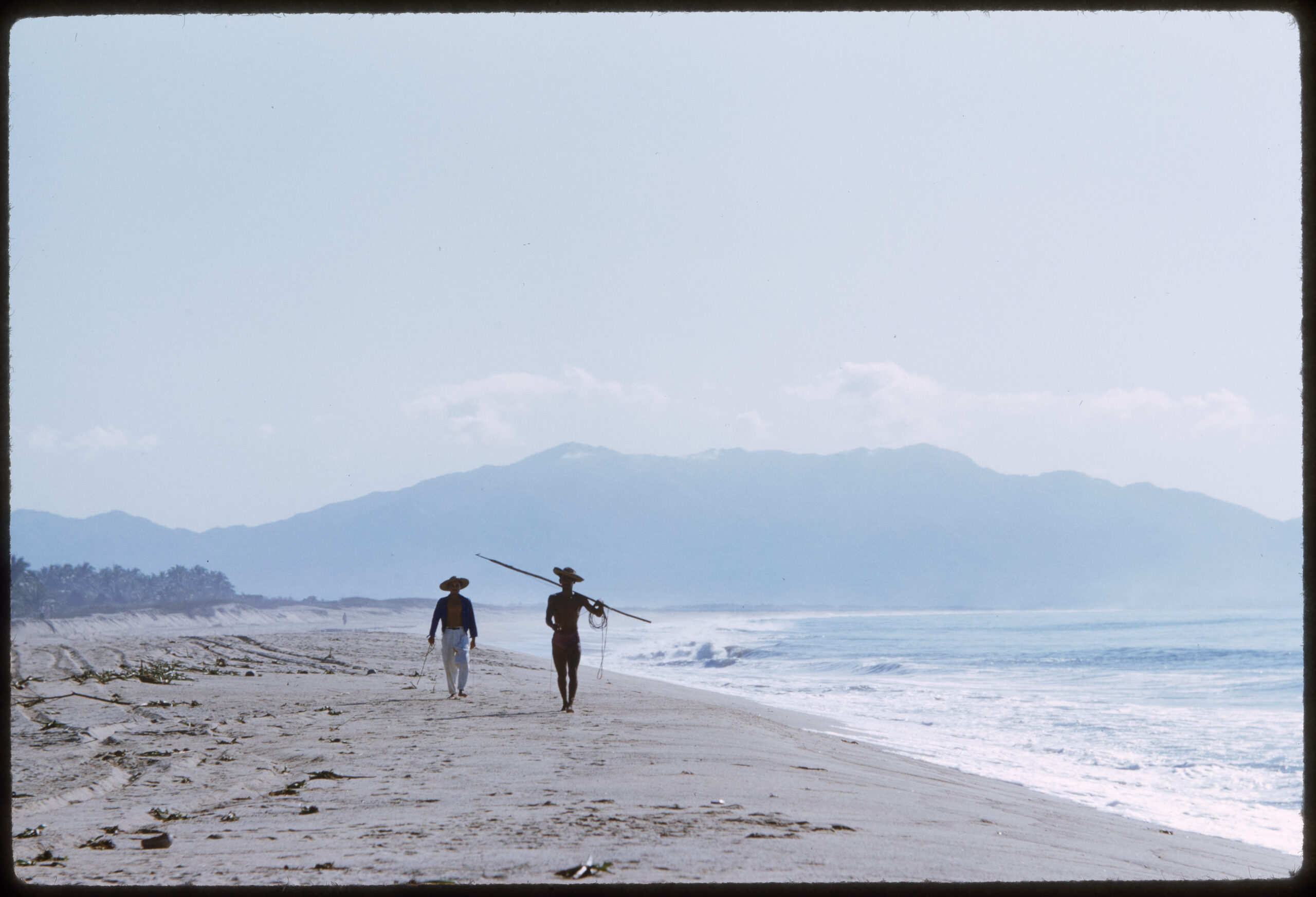Acapulco: Mexico begins major redevelopment
The mobilisation of multiple wings of the state in a massive clean-up and rebuilding effort after a hurricane which will leave jobs in its wake epitomises AMLO’s time in power, writes David Raby.
Hurricane Otis, which hit Acapulco and environs on October 25, was unprecedented for the speed with which it developed from no more than a tropical storm to a category 5 hurricane in about 12 hours. It caused devastation in the Pacific beach resort which is home to about a million people.
President Andres Manuel Lopez Obrador immediately mobilised several thousand members of the army, navy and national guard to begin clean-up and relief efforts.
With local airports out of action, he and members of his cabinet tried to travel there by road the very next day, and there are moving images of him trudging through the mud when the motorway was also impassable.
In the next few days communications were restored and Amlo himself visited four times in a fortnight. More important, he mobilised the ministries of the interior, defence, navy, security, welfare, environment, public works, housing and others on a large scale, implementing an enormous relief operation.
But media critics and opposition politicians immediately launched a barrage of criticisms and attacks alleging neglect, failure, indifference and corruption.
They pointed to the Fonden, a disaster relief fund of the old regime which Amlo had abolished as a den of corruption. They claimed its absence led to a lack of assistance, ignoring evidence that 65 per cent of Fonden funds went to road-repair and other schemes which were pork-barrel arrangements for local bosses to line their pockets.
The opposition also claimed that the military were preventing distribution of aid packages provided by private enterprise, but the one piece of evidence they produced for this was shown to be completely false.
Critics subsequently alleged that Amlo had failed to warn in advance of the category 5 hurricane, when international meteorological authorities declared that it was no more than a tropical storm until 12 hours before impact.
Hostile media repeat ad nauseam a claim that the real death toll is over 350, but this is based on one unsubstantiated report. Amlo is clear that all deaths are to be lamented, but official reports have been checked and rechecked and show 48 dead and 26 other missing persons.
International media have also tried to discredit the relief effort. Insight Crime, a British-based agency which does gather useful data on organised crime worldwide, alleged that those who would benefit most from the hurricane disaster, “in the absence of [assistance from] the Mexican state,” were the drug cartels (and it named four of the most notorious).
Nothing could be further from the truth: as we shall see, the Mexican authorities’ relief and reconstruction effort is massive and unparalleled, providing immediate relief on an enormous scale and then restoration of essential services, followed by gainful employment and support to rebuild legitimate businesses as never before.
But this is typical of British Establishment journalism on Mexico, which seizes on the bad news and completely ignores Amlo’s transformative programme.
A brief summary of the assistance provided will give some idea. The military have been distributing 50,000 hot meals and 40,000 emergency food hampers, with bottled water, every day.
The Public Welfare Department has carried out a house-by-house survey of 300,000 dwellings to determine individual needs, and in the second week of November, in a quite unprecedented form of assistance, the government began distributing domestic appliances, beds and other furniture to those who had lost such goods in the hurricane.
Emergency health brigades began circulating, particularly in deprived areas, within days, and everything possible was done to restore basic services like water and electricity. It’s worth examining the case of electricity to see just what has been achieved.
Ninety per cent of the area was without electricity, and the public CFE (Federal Electricity Commission) immediately swung into action. In 48 hours they had completed a survey of the damage, and after three days they had restored about 50 per cent of the service. Some 10,000 pylons and posts were down, and to replace them quickly glass fibre posts were used.
After a week 75 per cent of service was restored, with a work force of 2,900 operating full time. By November 4, 10 days after the hurricane, service was virtually complete at 99 per cent.
This contrasts favourably with Hurricane Katrina in New Orleans, where it took several weeks to fully restore service, or the south Texas snowstorm last year, where it took some three weeks.
It has been pointed out that CFE could only mount such a huge and efficient operation because it is a fully public enterprise, rescued from privatisation over the previous three years by Amlo’s restoration of public control in the face of tenacious opposition.
On November 1 Amlo announced a 20-point Plan for Relief and Reconstruction which included all the points already mentioned, plus bringing forward by two months all benefit payments to local inhabitants, incorporating 10,000 more young people into the government’s very successful apprenticeship scheme and paying them to work in relief and reconstruction, cancelling electricity bills for three months, a four-month tax holiday for all businesses and individuals in the area, interest-free credits to small businesses, major infrastructure investments, and more.
The total value of the package is about $3.5 billion, making it one of the biggest relief and reconstruction efforts in the world.
More than this, Amlo’s government has recognised that this is the opportunity to adopt a completely new development model for the Acapulco region. This is one of the poorest regions of Mexico, and for decades unplanned speculative development had produced massive inequality and social and environmental degradation.
What is being undertaken is a comprehensive plan to revitalise tourism, with public subsidies for commercial loans to restore hotels and the tourist economy, but also environmental projects to recover and expand parks, reforestation and sustainable agriculture, and promotion of new productive enterprises.
There will be a greatly increased presence of the national guard, recognising that insecurity had left the population at the mercy of organised crime and had also caused the decline of Acapulco as a tourist destination.
This article first appeared in Morning Star.

